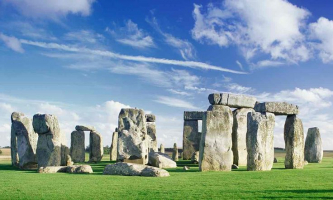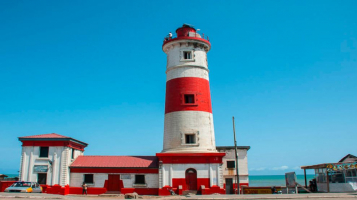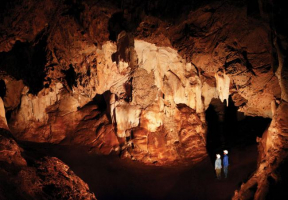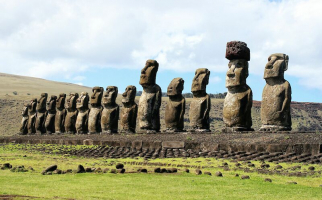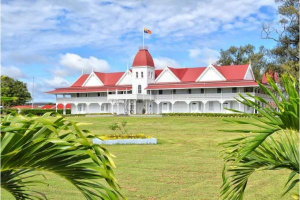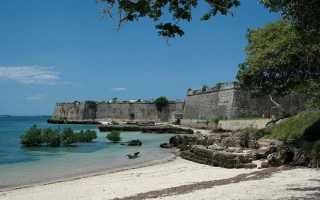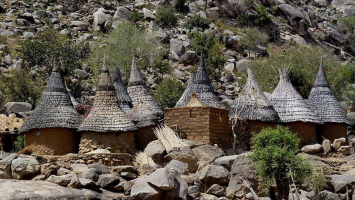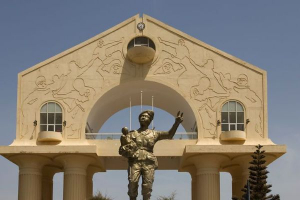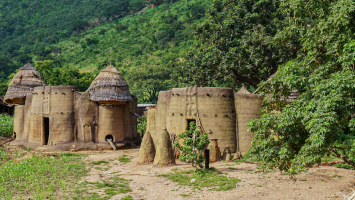Top 10 Most Prominent Archaeological Sites in Asia
Are you interested in seeing Asia's ancient sites but unsure of where to start? It might be difficult to decide which nations to visit on an educational trip ... read more...given the size of the continent. Any visit to a nation has particular benefits, including visiting Asia's archaeological sites. Some of them display the architectural marvels that characterize the region's beauty, while others highlight the richness of the local history or reflect historical cultural assets. Let's examine the most intriguing archeological sites right now.
-
The magnificent Angkor Wat, which is the most well-known temple in Cambodia and is shown on the flag of that nation, is the first intriguing ancient monument on this list. The temple complex, which is the biggest religious structure in the world, was erected in the 12th century by King Suryavarman II as a Hindu shrine for the deity Vishnu. A superb example of Khmer temple architecture, comprising galleried temples and the tiered temple mountain structure, Angkor Wat was transformed into a Buddhist temple towards the end of the 12th century. The galleries are home to the world's longest continuous bas-relief, which shows an earthly representation of the cosmos with a number of devatas (deities) gracing the walls.
Preah Vihear is a really intriguing experience to visit after traveling through the deep forest to the majestic Angkor Wat, Cambodia's newest UNESCO World Heritage Site. The best of Cambodia is covered on this tour, which includes stops at the National Museum, the lavish Royal Palace, and the Silver Pagoda, which houses a priceless emerald, Buddha. If you are interested in Cambodian history and also want to explore the capital city of Phnom Penh, sign up for this tour.
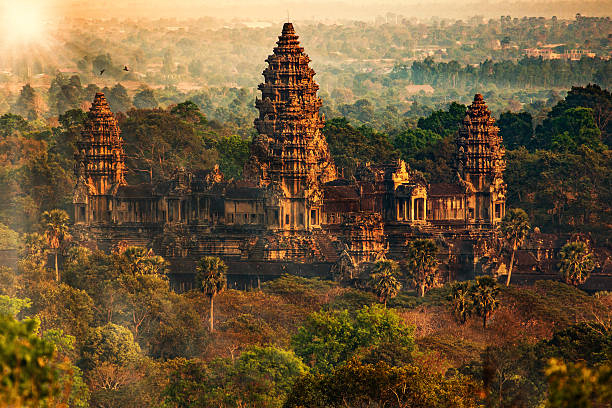
Angkor Wat, Cambodia 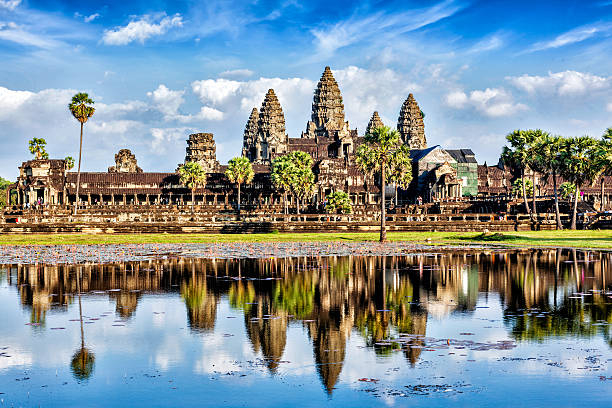
Angkor Wat, Cambodia -
Given that Indonesia is an archipelago of 17,500 islands, it seems sensible that its archaeological past is varied. Discover the expansive megalithic site of Gunung Padang and the UNESCO World Heritage Sites of Prambanan and Borobudur by traveling to Java and visiting Jakarta, Indonesia's capital. The building of the 8th-century Borobudur Temple, the biggest single Buddhist temple in the world, began then. Explore the expansive sanctuary's tiered architecture and take in the sculpted bas-reliefs that decorate the open passageways. These depictions show scenes from the Buddha's life as well as the stages of the soul's development toward salvation. These intricately carved panels would span over three kilometers if they were extended end to end.
The greatest Shiva shrine complex in Indonesia was constructed at Prambanan, another UNESCO World Heritage site, in the 10th century. Admire the 224 temples that make up the complex, which is arranged in three concentric squares as a whole. Three of these temples include carved reliefs that depict the Ramayana epic and are devoted to the Hindu gods Shiva, Vishnu, and Brahma.
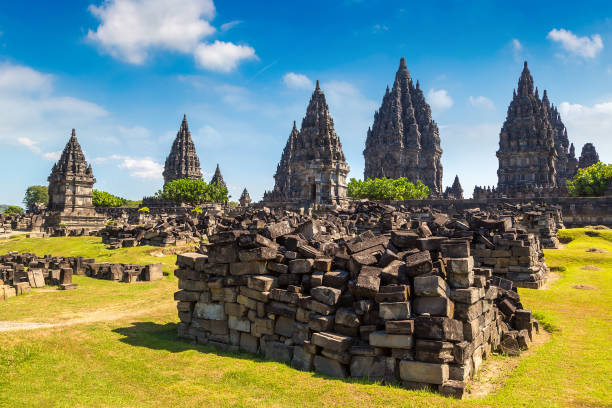
Borobudur and Prambanan Temples 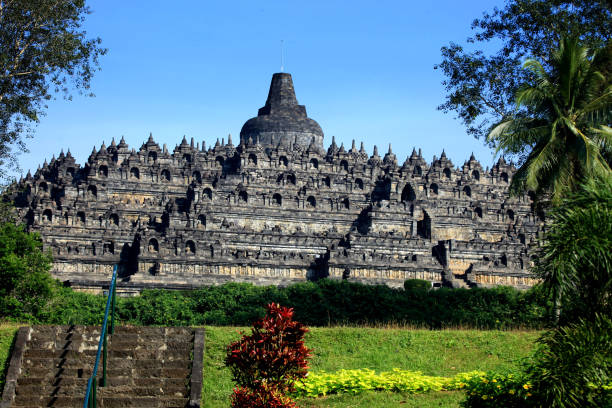
Borobudur and Prambanan Temples -
In several of Cambodia's ancient towns, researchers in 2016 found enigmatic clay mounds in the form of domes. These grid-patterned mounds, which archaeologists refer to as dome fields, are thought to be about 1,000 years old. Experts also found mounds in other geometric shapes, like spirals, in addition to the dome fields. These mysterious buildings had lain undiscovered in Cambodia's dense jungles for many years. These dome fields weren't discovered by scientists until they used low-flying helicopters to scan the jungle with lasers.
Scientists are most perplexed by the function of these enigmatic structures. The purpose of the dome fields and why the ancient Khmer Empire created them all throughout Cambodia are still unknown to experts. However, scientists are aware of one thing in common with these mysterious clay mounds: they were all constructed close to Cambodian temples. These clay mounds will someday reveal their secret to archaeologists with the aid of contemporary technology, but for the time being they "remain among the most perplexing characteristics of Khmer landscape archaeology".
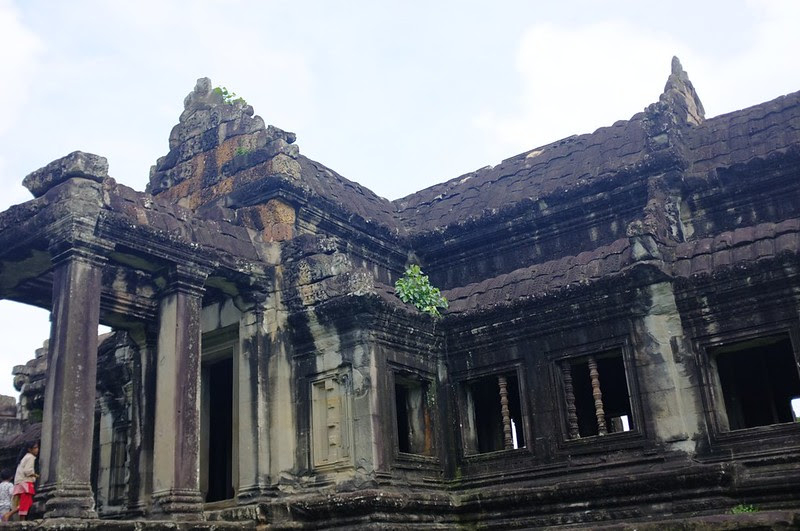
Earthen Mounds, Cambodia 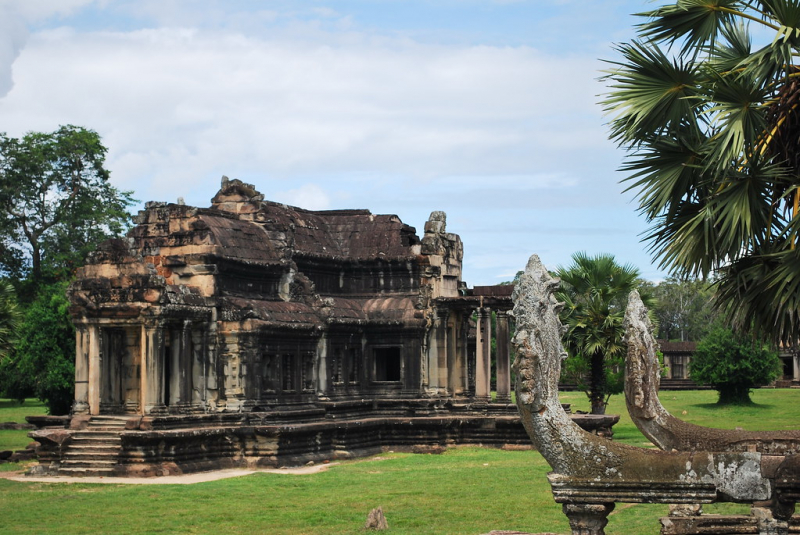
Earthen Mounds, Cambodia -
India is fortunate to have a wide variety of intriguing and majestic temples. The temple at Lepakshi is arguably the most interesting of all the temples in India. This church building, which dates back to the 16th century, includes one extraordinary pillar in addition to 69 regular ones. This remarkable pillar swings from the ceiling rather than being anchored to the ground. Local tour guides sometimes entertain guests by passing twigs or newspapers under this enigmatic pillar. In the Anantapur district of southern Andhra Pradesh, the Lepakshi temple was constructed in 1583 by two brothers named Veeranna and Virupanna.
The hanging pillar of the temple is "a monument to the technical ability of India's temple builder from ancient and medieval times". Numerous specialists have attempted to unravel the enigma of Lepakshi's hanging pillar for ages. A British engineer during the colonial era was the most prominent. He mistakenly moved the renowned pillar from its original place while trying to discover the mystery of the pillar. Fortunately, there was no harm, but the engineer failed. Scientists still haven't figured out how the pillar defies gravity, despite having cutting-edge engineering expertise and contemporary tools.
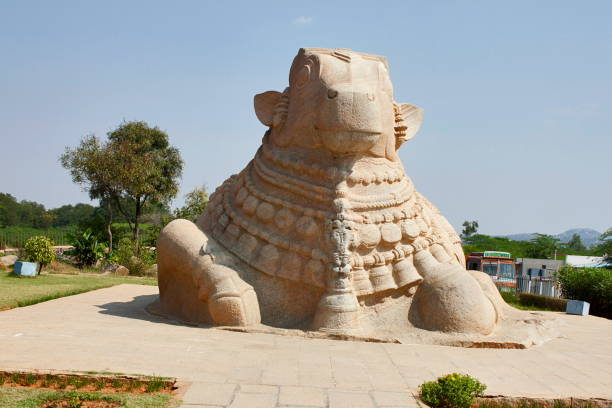
The Hanging Pillar Of Lepakshi India 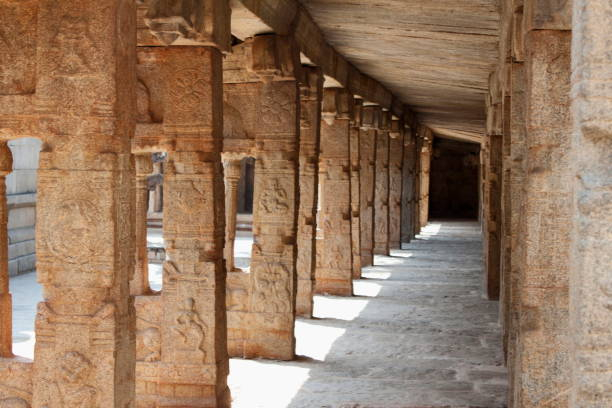
The Hanging Pillar Of Lepakshi India -
There is no better spot to visit to get a glimpse of India's historic sites than Hampi. Numerous Vijayanagara Empire temple structures may be seen all around this Karnataka UNESCO World Heritage Site. The 50-meter-tall Virupaksha temple towers over the Hampi market, which might be overwhelming to visitors when they are in this village. The Hemakuta hill, which is home to the Jain temples and a statue of Lord Narasimha, lies to the south of this temple. Additionally, the views of the Hampi ruins from the summit of Matanga Hill, which is located in the city's center, are breathtaking.
UNESCO has referred to the 4,100 hectares (16 sq mi) of Hampi's ruins, which are close to the modern-day city of Hosapete in Karnataka, as an "austere, grandiose site" that contains more than 1,600 surviving remnants of the last significant Hindu kingdom in South India. These include "forts, riverside features, royal and sacred complexes, temples, shrines, pillared halls, man Hampi predates the Vijayanagara Empire; it is referred to as Pampaa Devi Tirtha Kshetra in the Hindu Puranas and the Ramayana. Hampi, which is home to the Virupaksha Temple, a functioning monastery with ties to Adi Shankara, and a number of ancient city monuments, is still a significant place of worship.
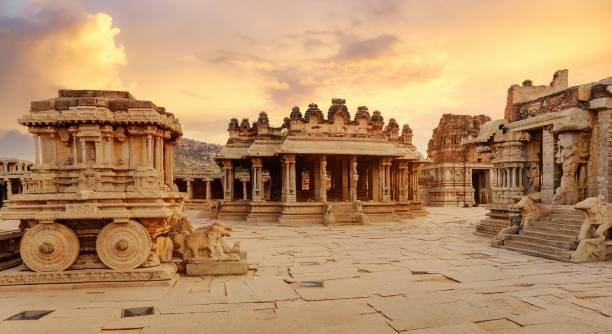
Hampi - India 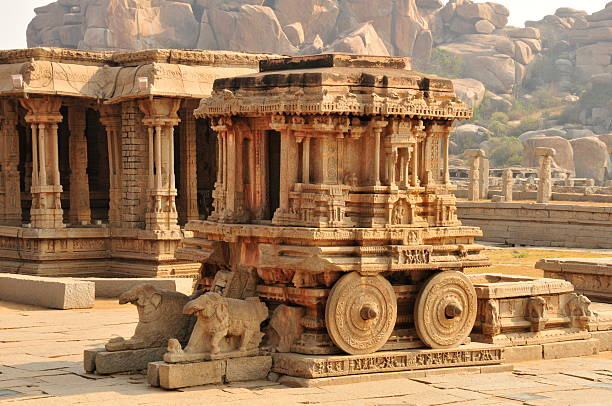
Hampi - India -
One of the pleasures of any vacation to Southeast Asia is visiting the ancient ruins of Bagan. It was created in 1057 and comprises more than 2000 Buddhist buildings, including temples, pagodas, and stupas. Its size is around 16 square miles. Ananda Pahto is the largest and most majestic temple. Its two precious Buddha footprints and four enormous standing Buddhas within are on display. The greatest views of this archaeological area, the sunset or sunrise, and the encircling landscape may be had by climbing to the summit of the tallest temple, "Thatbyinnyu Pahto".
An ancient city in Myanmar's Mandalay Region called Bagan is a UNESCO World Heritage Site. The city served as the seat of the Bagan Kingdom, the first to unite the provinces that would eventually make up modern-day Myanmar, from the ninth to the thirteenth century. More than 10,000 Buddhist temples, pagodas, and monasteries were built on the Bagan plains alone during the height of the kingdom during the 11th and 13th centuries, and more than 2200 of these temples and pagodas still stand today.
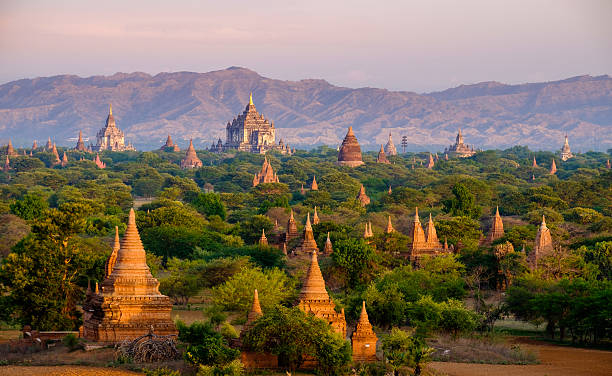
Bagan, Myanmar 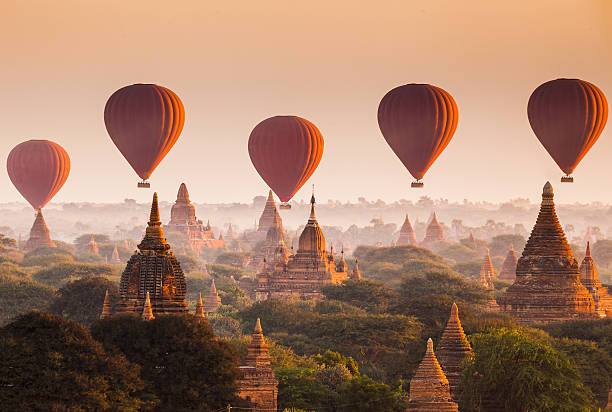
Bagan, Myanmar -
Sigiriya, one of Sri Lanka's most popular attractions, must be included if you are seeing the best ancient sites in the world. This historic rock castle is situated close to the Dambulla region in Sri Lanka's central province. The 600-meter-tall natural stone column in the middle of luxuriant jungles is the site's major attraction. Climb to the top of the column for the greatest vantage point of Sigiriya. You will pass through enigmatic sights along the road, including frescoes and lion paws cut into the rock.
This area was once a large forest, but due to storms and landslides, it was transformed into a hill, and King Kashyapa (AD 477–495) chose it as the site of his new capital. On top of this rock, he constructed his castle, which he then painted with vibrant paintings. He constructed a huge lion-shaped gateway on a small plateau about halfway up the side of this rock. This building gave this location its name, Snhgiri, or the Lion Rock.
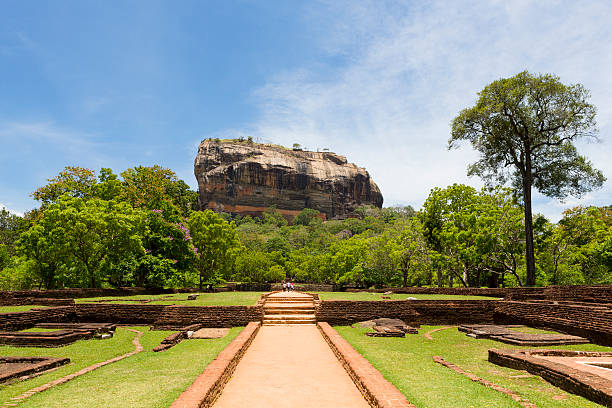
Sigiriya, Sri Lanka 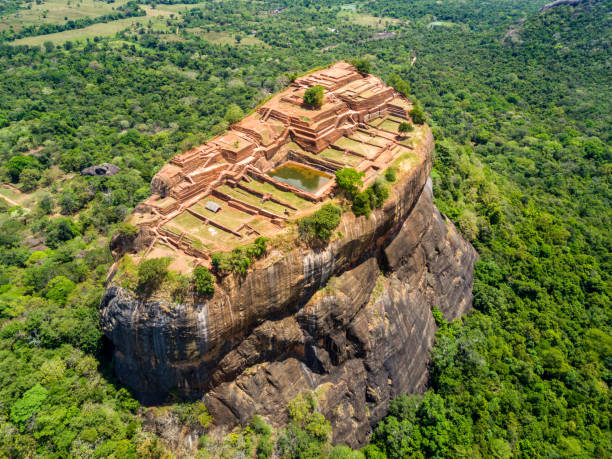
Sigiriya, Sri Lanka -
Polonnaruwa is a must-stop if you want to see Sri Lanka beyond its natural beauty and seascapes. This historic city, which dates back to 1070, is located in the nation's North Central province. Its abundance of ancient monuments, like stupas, tombs, sculptures, and temples, might astonish you when you visit. Polonnaruwa Vatadage, Sathmahal Prasada, the Stone Book, and Parakramabahu Palace are a few of the significant features that make this region unique.
Polonnaruwa, the second-oldest of all the kingdoms in Sri Lanka, was initially built as a military outpost by the Sinhalese monarch. Following the Chola dynasty's victorious conquest of the nation's then capital, Anuradhapura, in the 10th century, it was renamed Jananathamangalam. Polonnaruwa's Ancient City has been designated a World Heritage Site. The "Awakening of Polonnaruwa", a significant development initiative championed by former president Maithripala Sirisena, is taking place in contemporary Polonnaruwa. All Polonnaruwa's sectors, including roads, power, agriculture, education, health, and the environment, are to be developed, according to this plan.
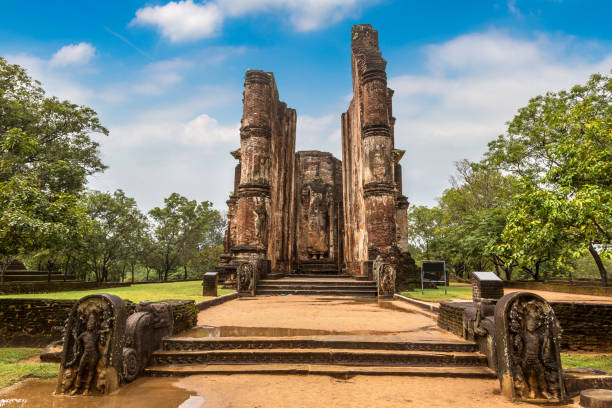
Polonnaruwa, Sri Lanka 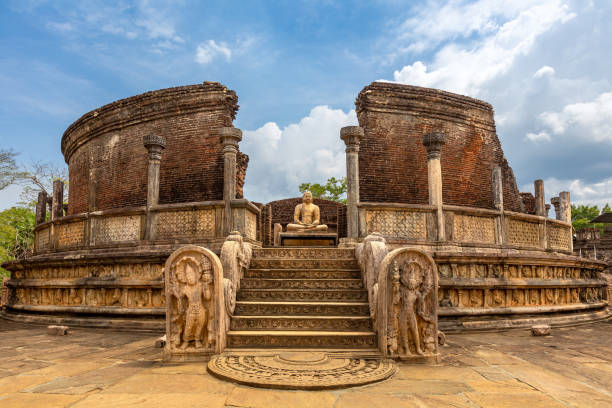
Polonnaruwa, Sri Lanka -
As a defense against numerous nomadic tribes from the Eurasian Steppe, the Great Wall of China is a network of fortifications that was erected along the historical northern frontiers of ancient Chinese states and Imperial China. As early as the 7th century BC, certain walls were constructed. Qin Shi Huang, the first emperor of China (220–206 BC), later added certain portions. The Qin wall is largely gone. Later, other succeeding dynasties constructed and kept up numerous sections of boundary walls. The Ming dynasty constructed the wall's most well-known parts (1368–1644).
In addition to providing defense, the Great Wall served other purposes such as enforcing border laws, allowing taxes to be levied on goods traveling along the Silk Road, regulating or promoting trade, and managing immigration and emigration. The addition of watchtowers, troop barracks, garrison stations, the ability to signal with smoke or fire, and the fact that the Great Wall's route served as a transportation corridor all contributed to the Great Wall's increased defensive capabilities. For those seeking the top historical sites in the world, the Great Wall of China has an appeal that is difficult to resist. The world's longest wall was built along China's northern borders as a means of defense against invading forces during conflicts.
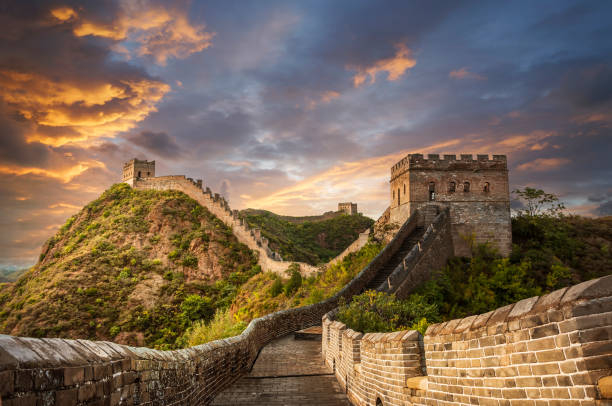
Great Wall of China 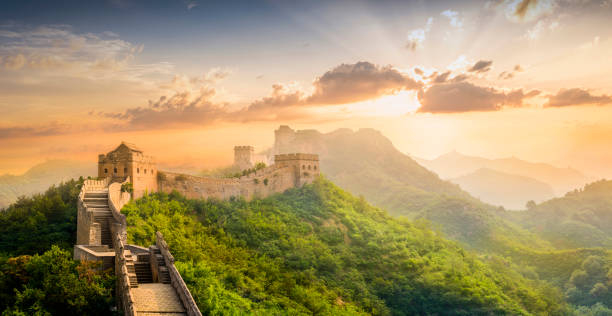
Great Wall of China -
The first emperor of China, Qin Shi Huang, is represented by a number of terracotta statues collectively known as the "Terracotta Army". It is a type of funeral art that was interred with the emperor around 210–209 BCE with the intention of safeguarding him in the afterlife. The statues were found in 1974 by local farmers in Lintong County, west of Xi'an, Shaanxi, China. They date to around the late third century BCE.
The generals are the tallest of the figures, whose heights vary depending on their functions. The figurines feature horses, chariots, and soldiers. More than 8,000 soldiers, 130 chariots pulling 520 horses, and 150 cavalry horses, according to estimates from 2007, were buried in the three pits that housed the Terracotta Army, most of which were located close to Qin Shi Huang's tomb. Different terracotta non-military characters, including bureaucrats, acrobats, strongmen, and musicians, were discovered in other pits.
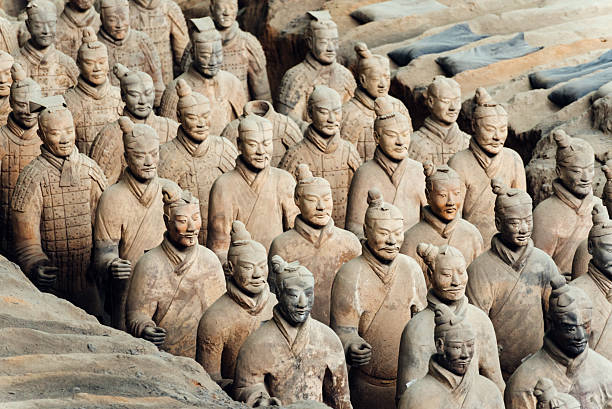
Terracotta Warriors 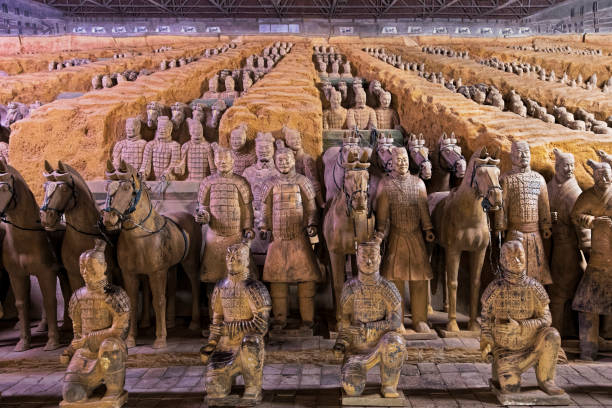
Terracotta Warriors












